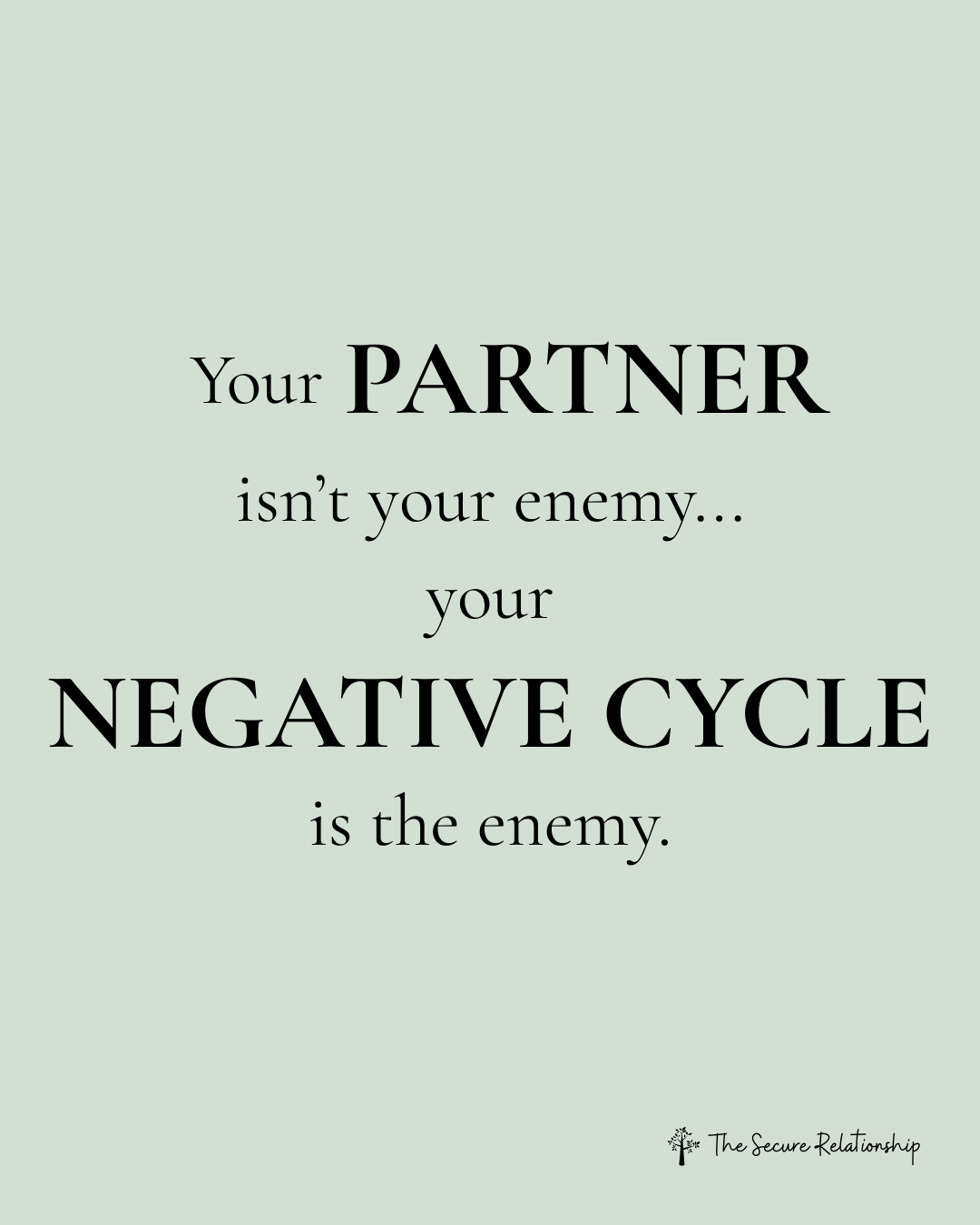How to Be Emotionally Available – Part One: Emotional Validation
How to Be Emotionally Available – Part One: Emotional Validation
What is Emotional Validation?
Emotional validation means you can empathize with your partner’s feelings, reflect them back, and let them know their emotions make sense to you—even if you don’t agree with the facts or the meaning they’ve made of a situation.
You only need to recognize that your partner is feeling what they’re feeling, and let them know you see it.
Think of emotional pain the way you would physical pain. You don’t need to understand why someone is hurting to know they are hurting.
An Example:
Event: Your partner is upset because they believe you intentionally hurt them. You know it was a miscommunication—you had no intention to harm.
You might say:
“I can’t agree that I intentionally hurt you because that wasn’t my experience at all. At the same time, I know what it feels like to have hurt feelings, and I’m really sorry for that. It makes sense to me that you’d be sad if you thought I was deliberately trying to hurt you. I would feel sad about that too.”
This is validation. You’re not agreeing with why they feel the way they do, but you’re recognizing that they do feel that way.
Why Do So Many People Struggle With This?
Because they get stuck in trying to prove their partner “shouldn’t” feel a certain way. But emotional safety has to come before facts and problem-solving.
The best way to create emotional safety?
Let feelings exist. Validate them.
But What About My Experience?
You absolutely matter, too. Both partners can hurt over the same event. This isn’t about whose pain is more valid—it’s about allowing space for each other.
Often, it’s helpful to prioritize the partner who is emotionally activated in the moment. Once they feel heard and settled, they’ll be more able to support you in return.
You might say:
“This doesn’t take away from your experience at all, but here’s what’s happening for me. It’s hard on me to feel misunderstood about my intentions. I feel powerless in those moments. I don’t want you to feel hurt because that affects your sense of safety and closeness. But feeling misunderstood affects mine too. How can we help each other over this?”
This is reciprocal and builds closeness.
To Be Emotionally Validating, You Need Two Core Skills:
1. Emotional Presence
You’re open to both your own emotions and your partner’s emotions. You’re not stuck in debating the facts. If you struggle here, you may need tools to help you get grounded first.
2. Emotional Regulation
You can feel your emotions without being overtaken by them. If you’re dysregulated, you won’t be able to be present—it’s like trying to focus while in physical pain.
You need tools for self-regulation in order to reach presence, and eventually, validation.
As your relationship becomes more secure, you’ll likely become more naturally regulated in moments of stress—because you’ll trust that you’ll be heard.
Related Resources:
Support for Breaking the Cycle
Attachment 101 Course – Understand how your attachment style affects your ability to stay emotionally open.
Understanding Shame Course – Explore how shame gets in the way of validation and presence.
Relationship Coaching – Build personalized tools for regulation, validation, and deeper communication.
Couple and Individual Group – Practice emotional presence and co-regulation with expert guidance.
“Validation isn’t agreeing with the facts—it’s honoring the feeling.”


Trying to control your environment—like keeping a spotless house—can sometimes be a way to manage inner anxiety caused by relationship disconnection. But when that strategy backfires, it can create more of the very disconnection you’re trying to avoid. This post explores how personal anxiety shows up in relationships, and how couples can break the cycle.